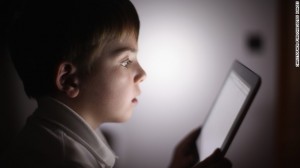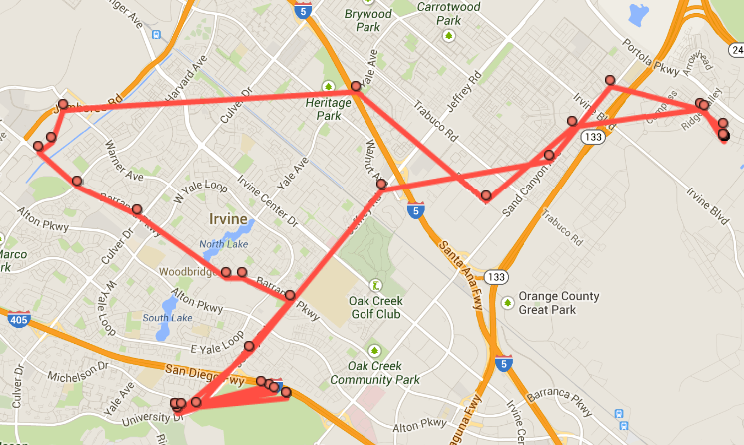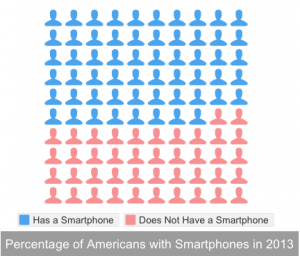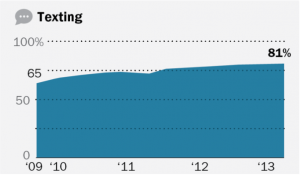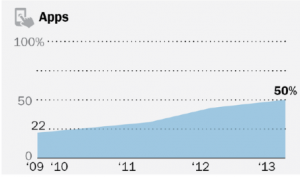A recent article published in the Argus Leader from Sioux Falls, SD highlights the difficulty that parents face in controlling their children’s internet usage. The article cites research by a distinguished pediatrician that determined social media can have a very negative impact on children. Heavy media use can be a detriment to a child’s health and social life. Therefore it is imperative that parents find a way to limit their child’s exposure to media on the internet and social media. Unfortunately many parents are not as savvy as their children when it comes to the internet so they do not understand the risks involved and potential consequences of excessive use. Nor do they know how to limit use or how much limitation is sufficient. Clearly children need to utilize the internet as a source of information and mental stimulation so it is crucial parents know where and when to cut down on internet use.
Some side effects associated with excessive exposure to the internet are lack of sleep and poor nutrition. Children need eight to ten hours of sleep a night and a balanced diet in order to develop properly and avoid health complications in the future. The internet acts as an escape and a distraction from normal life so kids these days spend more time indoors than ever before. They are also affected socially as interaction with others online hampers their face to face communication skills and ability to empathize. Substituting electronic for real life personal interaction leads to a poor understanding of facial expressions, tone and nuance in everyday conversation.
Due to these mal-effects of the internet on a child’s life it is imperative that parents limit online usage. As the author of the article points out, unfortunately parents do not understand the internet and mobile applications very well, often less than their children. Therefore, parents need to establish communication with the children in order to further their understanding and protect their children. This necessary role reversal makes for an interesting modern family dynamic.
As we move through this class trying to increase the use of mobile technologies and the internet to better patient care it is important to remember that there are physical and mental side effects associated with it. Every solution no matter how beneficial contains inherent negative side effects. We also need to understand that the baby boomer generation is not as well versed in technology as our generation. Therefore when designing solutions to issues in healthcare that involve the internet and media we must teach rather than simply provide. Overall tech literacy must be increased or else our solutions will remedy little and confound many.
Argus Leader Article: http://www.argusleader.com/story/news/2014/04/08/children-face-health-risks-social-media-overload/7452213/

